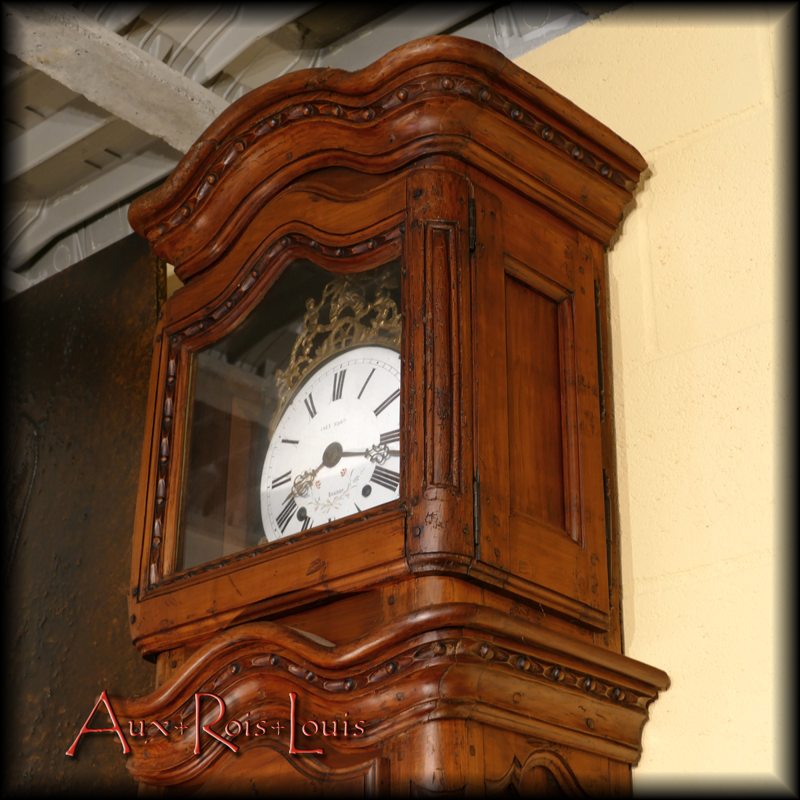Exceptional pieces, ceremonial or everyday objects, emerging from the past tell in their own way what was going on around them in the minds of people when they were imagined and manufactured, by the hand of experienced craftsmen or inspired peasants.
The Art of Living as Told by the Furniture
Polychrome Walnut Virgin with Serpent – 18th Century – Midi-Pyrénées – [ME116]
Explore the iconic 18th-century polychrome walnut sculpture depicting the Virgin Mary triumphing over a serpent, symbolizing the Immaculate Conception. Standing gracefully with arms wide open on a half-globe, the Virgin crushes the serpent beneath her bare foot. The finely carved piece showcases intricate details, from the peaceful expression on Mary’s face to the polychromatic hues highlighting the mystical nature of the artwork. Uncover the hidden symbolism as the serpent holds an apple, representing the Virgin as the new Eve who, in the 17th century context, erases the transgressions of the first woman. The dimensions of this masterpiece are 56 cm in height, 32 cm in width, and a diameter of 21 cm. [Reference: ME116]
Church Steeple Rooster in Copper – 19th Century – Languedoc-Roussillon – [MP050]
Discover the extraordinary power attributed to the church steeple rooster – a demon-chaser chosen by Pope Leo IV in the 9th century to grace our church steeples. A truly rare find, this all-copper rooster has descended briefly, ready to safeguard your home.
Inseparable salt and flour boxes in walnut – 18th century – Provence – [MP025]
Inseparable salt and flour boxes in walnut – 18th century – Provence Let’s first describe how the kitchens of yesteryear used these two pretty boxes carved from walnut, the best wood for this purpose. When at rest they were hung up in the dry near the hearth, where the pots were smoking, so that the…
Grand Repoussé Brass Mirror – 19th Century – France – [ME106]
It impresses with its size, golden radiance, and its exuberant antique and floral ornamentation bursting from the vein of repoussé brass. This grand multi-faceted mirror will enchant the most light, luxury, and beauty-hungry spaces.
Two Twisted Walnut Columns – 18th Century – Midi-Pyrénées – [ME105]
Here are two impressive twisted walnut columns from the 18th century. Initially, they adorned the base of the monumental staircase in a public building located in the Midi-Pyrénées region. Now, they are prepared to enhance the charm of a film set or a private residence.
Mortar and pestle in beech wood – 18th century – South-West of France – [MP039]
Mortar and pestle in beech wood – 18th century – South-West of France The pestle of this mortar is held with two hands, and the force exerted to crush chestnuts, for example, is increased by the nails planted on its end. Dimensions: Height: 67 cm, diameter: 38 cm, receptacle depth: 42 cm. Reference: [MP039] {{…
Large Louis XV mirror – gilded wood – late 18ᵗʰ century – Midi-Pyrénées – [ME084]
Large Louis XV Mirror – Gilded Wood – Late 18ᵗʰ Century – Midi-Pyrénées The imposing frontispiece of this Louis XV mirror seems to have been sculpted to the size of the generous cornucopia that flourishes in the middle. Symbol of fecundity and fertility, it is highlighted by a checkered background of diamonds, all punctuated in…
Desk table in oak and chestnut – Louis XIII – 17th century – Quercy – [ME074]
Desk table in oak and chestnut – Louis XIII – 17th century – Quercy Given the rarity of this type of table that served as a desk, one can imagine that this piece of furniture from Quercy experienced the heyday of river transport on the Lot during the 17th century. This desk table was probably…
Large cast iron vat for laundry – 16ᵗʰ century – Fonderies du Périgord – [ME076]
This large cast iron tub was intended to do the laundry of the entire community. It was filled with boiling water and an ash-based detergent, the very one we are rediscovering today. The drain called the “couladou” made it possible to empty it without spilling it, once the laundry was washed. We can observe two…
Sugar boiler for the Colonies – 16ᵗʰ century – Fonderies du Périgord – [ME075]
From the Périgord Foundries, these cast iron vats are recognizable at first glance. They are rounded in shape, equipped with rod handles and without couladous (drainage in Occitan) which made it possible to stack them for transport. These boilers were indeed intended for export. They were to join by sea, on large ships, the French…
Salt chest armchair – chestnut – cherry – poplar – 19th century – Quercy – [MP029]
The salt chest armchair Patriarch’s Throne, King of Cantou If there is one thing that lords and farmers had in common from the Middle Ages until the 19th century, it was the use of the fireplace, the only means of heating and cooking.And if in the castles the fireplaces have reached monumental sizes, in many…
Apothecary mortar in marble – late 18th century – France – [ME068]
Apothecary mortar in marble – late 18th century – France This frustoconical mortar was sculpted in a block of veined white marble, then patiently polished by hand, to obtain an impeccable softness to the touch and an irreproachable regularity of shapes. That of the tank hollowed out in the shape of a “cul de poule”…
Walnut storage cabinet – 18ᵗʰ century – France – [ME066]
Walnut storage cabinet – 18ᵗʰ century – France You have before you the ancestor of the diplomatic bag … It is in fact in this kind of cabinet with drawers that the high dignitaries of the 16ᵗʰ and 17ᵗʰ centuries took their precious documents, cards, titles, treaties and coins of exchange, when they set out…
Sculpture in anamorphosis of Saint Sebastian – 17ᵗʰ century – South of France – [ME065]
Sculpture in anamorphosis of Saint Sebastian – 17ᵗʰ century – South of France According to the “Légende dorée” (Golden Legend) of the Italian Dominican Jacques de Voragine, the young Sebastian, a fervent Christian persecuted by the pagan Roman Empire, was condemned around “l’an du Seigneur 187” to be pierced with arrows, kept tied to a…
Beech butcher’s block – early 20ᵗʰ century – [MP022]
Beech butcher’s block – early 20ᵗʰ centuryCERTAIN CRAFT FURNITURE RECALLS CHILDHOOD MEMORIES THAT ENCHANT YOUR HOME Haberdashery counter, clothier’s table, butcher’s block, all these pieces of furniture attached to the know-how of the artisans of our neighborhoods awaken happy memories in us. Those of a life where we took the time to live, « tailler une…
Mansion clock in cherry wood – 18ᵗʰ century – Périgord – [ME057]
Mansion clock in cherry wood – 18ᵗʰ century – Périgord – [ME057] FROM THE SUN TO THE WATCH, FROM PRAYER TO THE POINTEUSE, A VERY BRIEF HISTORY OF THE CAPTURE OF TIME The millennial quest for the measurement of time will free itself from the course of the Sun and the flow of water to…




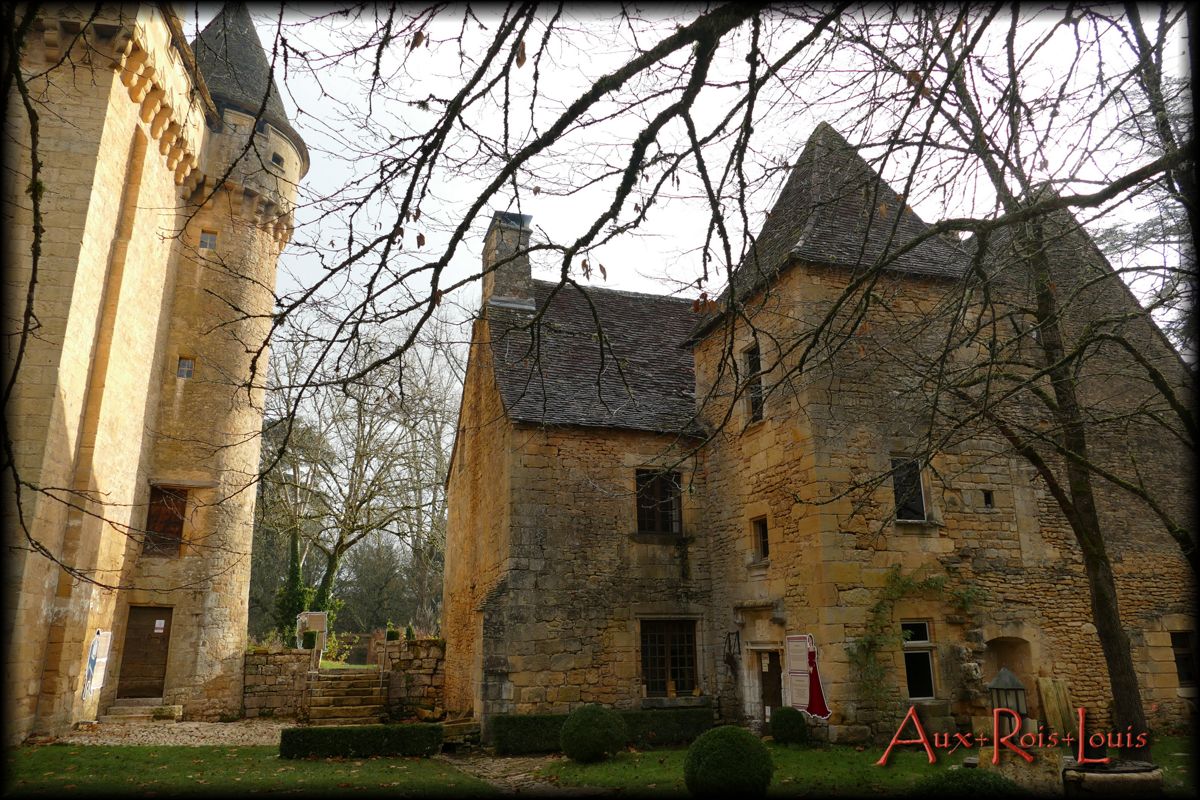
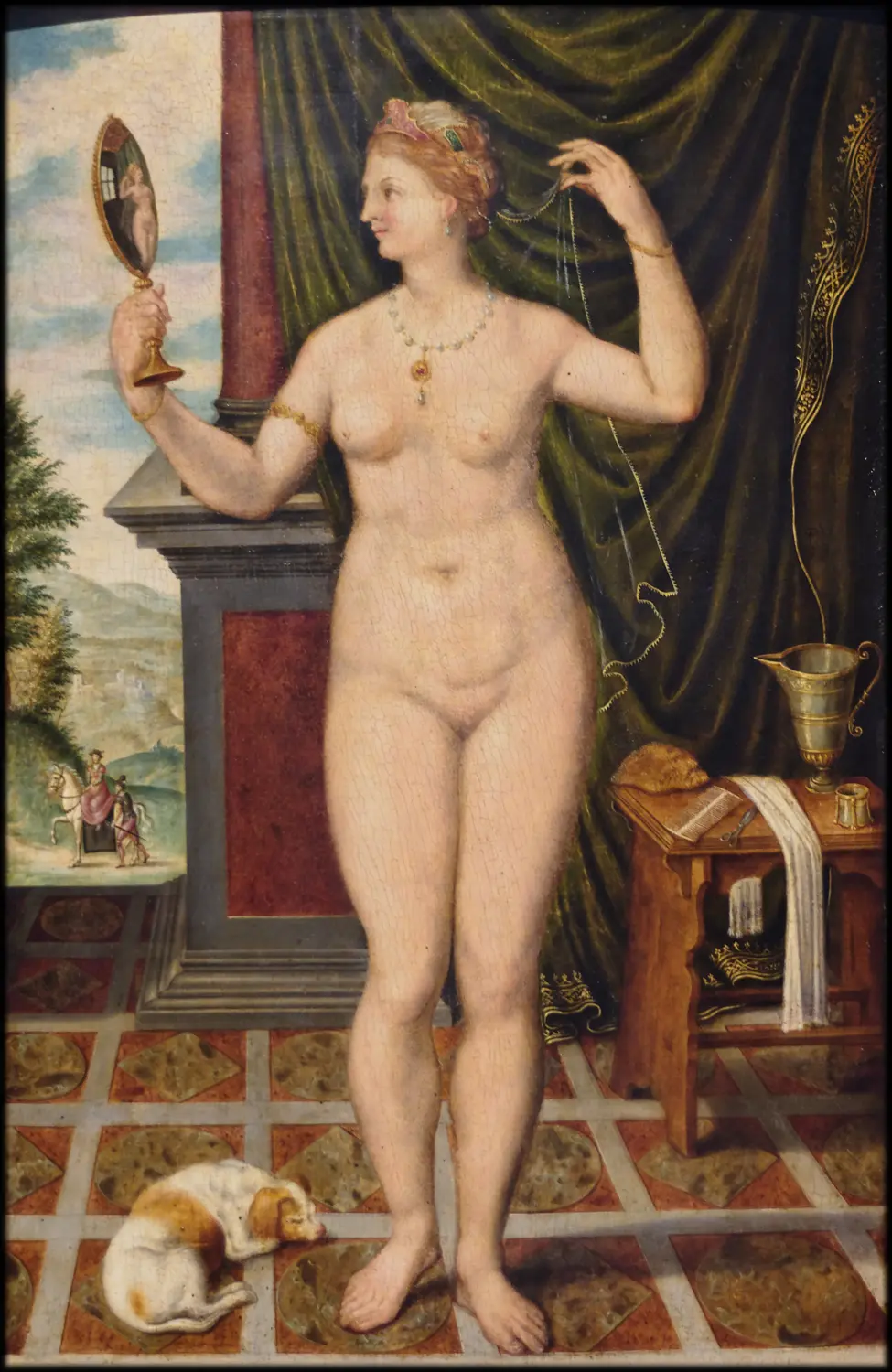
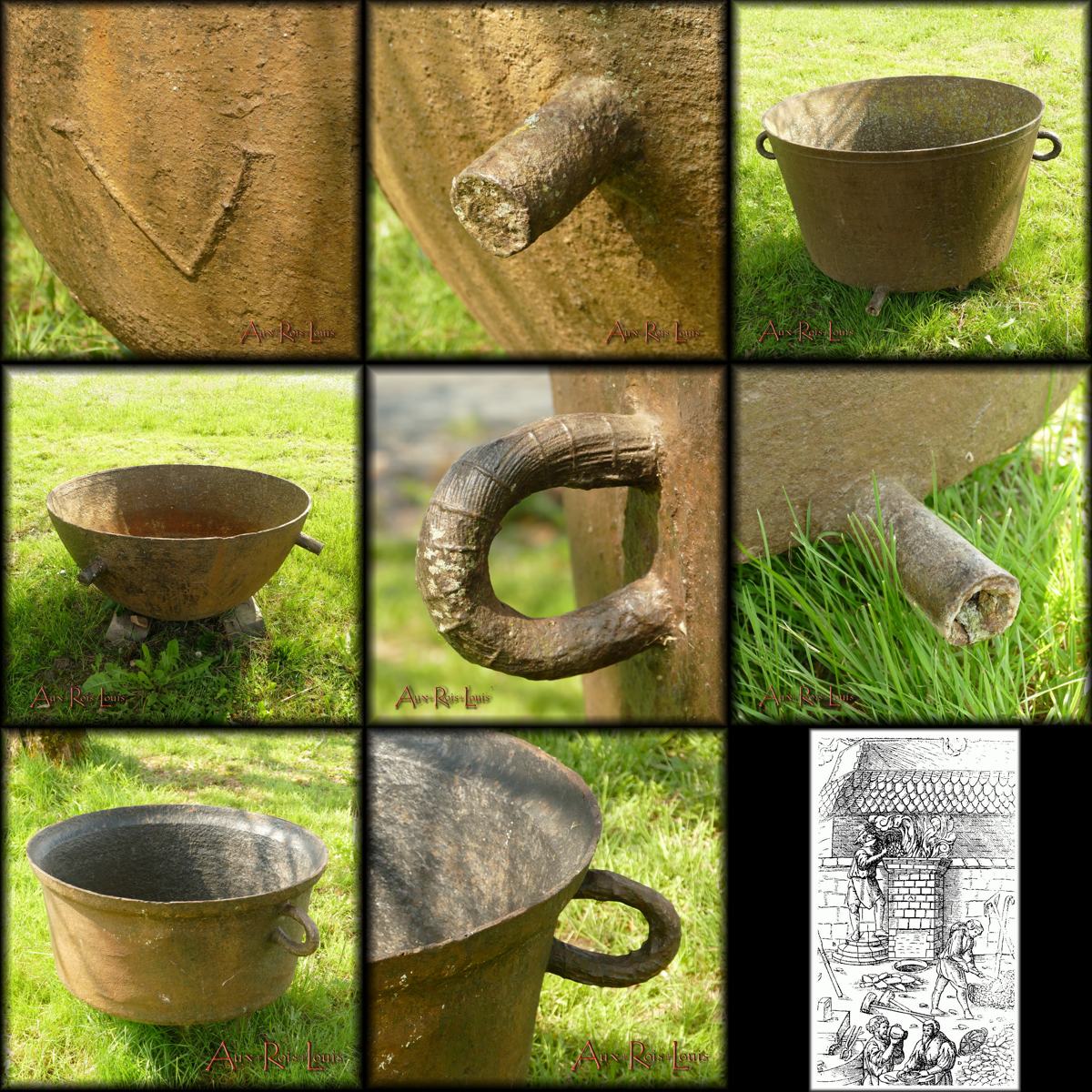
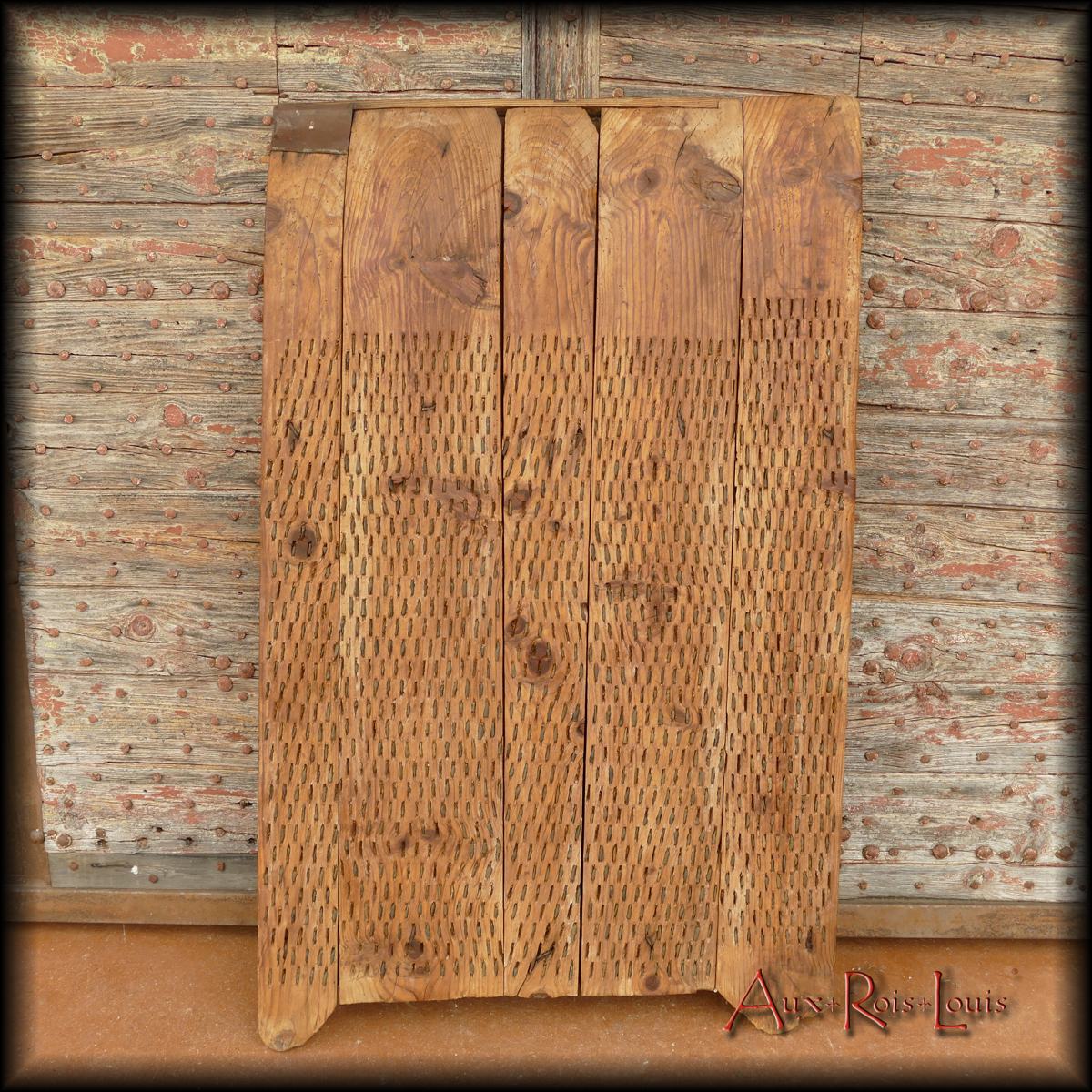
![Polychrome Walnut Virgin with Serpent – 18th Century – Midi-Pyrénées – [ME116]](https://www.aux-rois-louis.com/wp-content/uploads/2023/10/ME116_P1670078-1024x1024.webp)
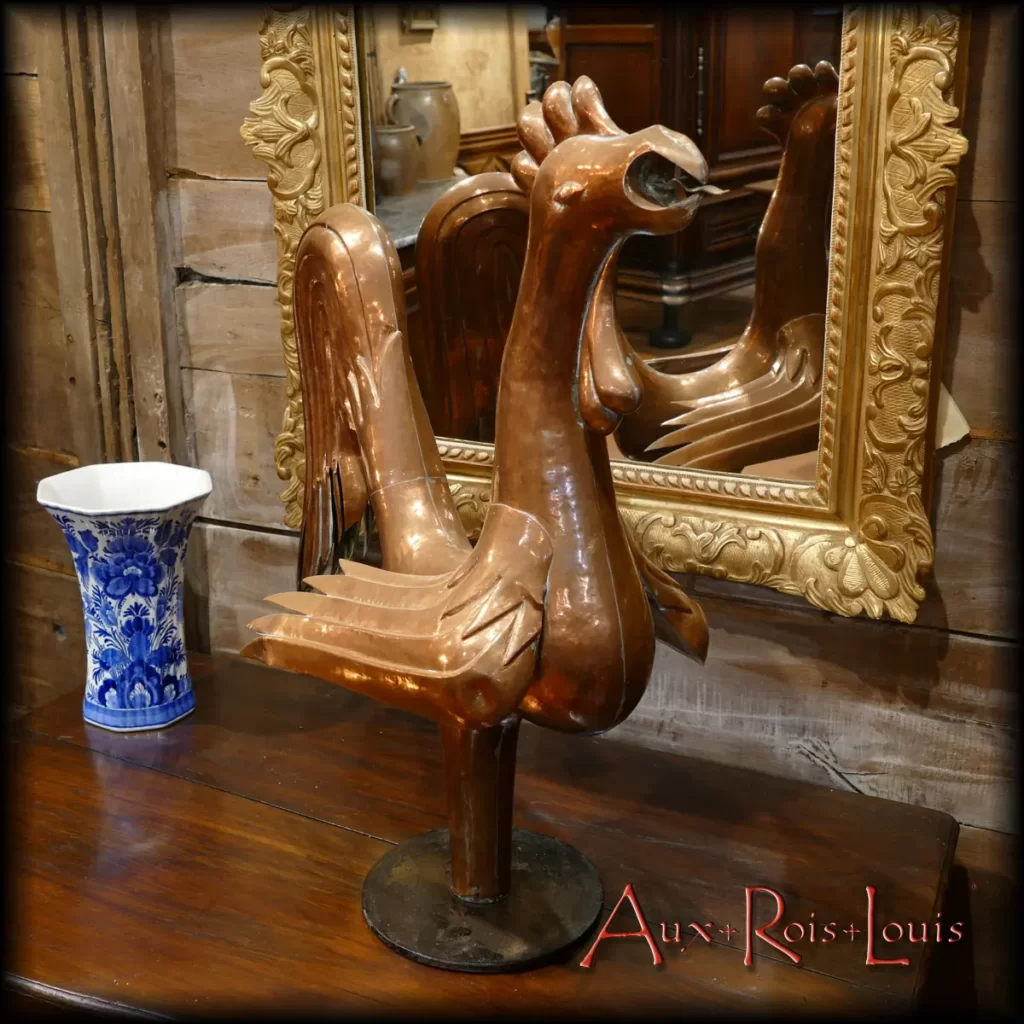
![Inseparable salt and flour boxes in walnut - 18th century - Provence - [MP025]](https://www.aux-rois-louis.com/wp-content/uploads/2021/11/MP025_153x900.jpg)
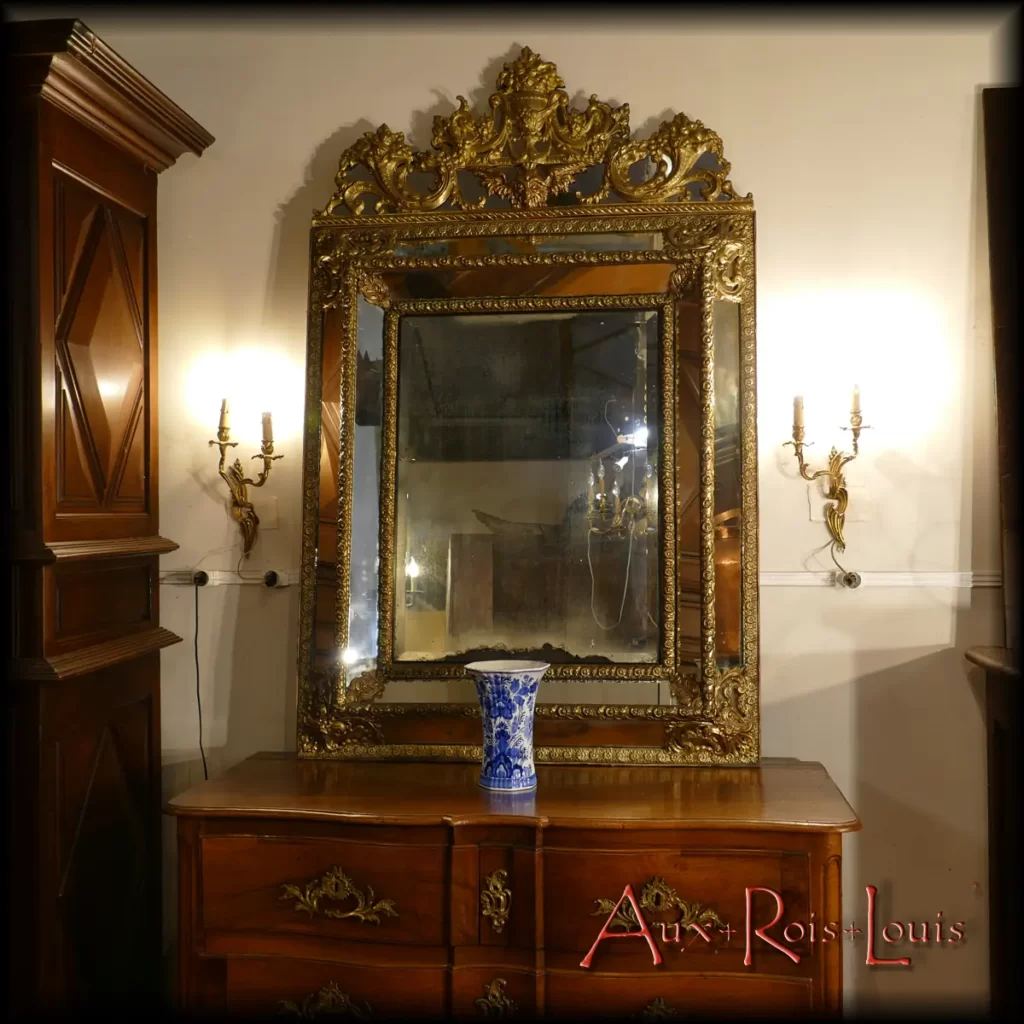
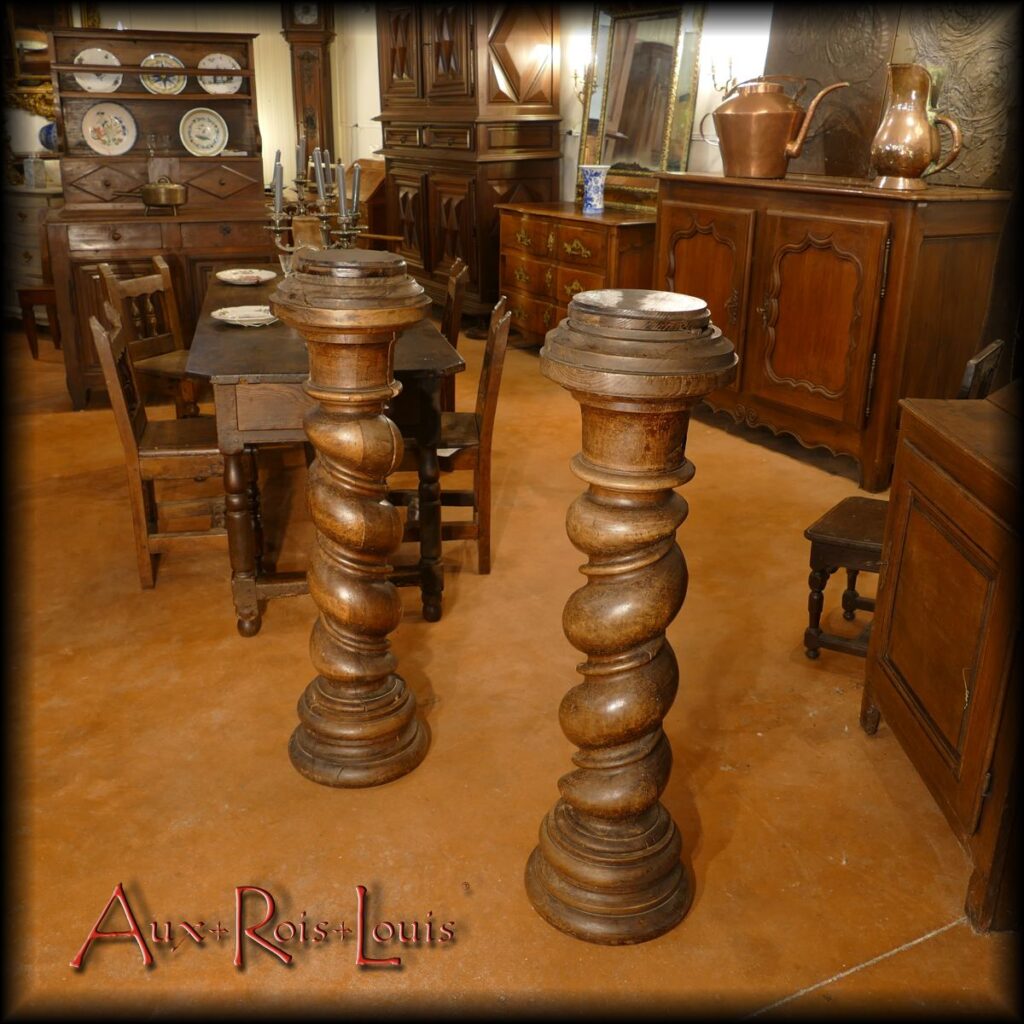
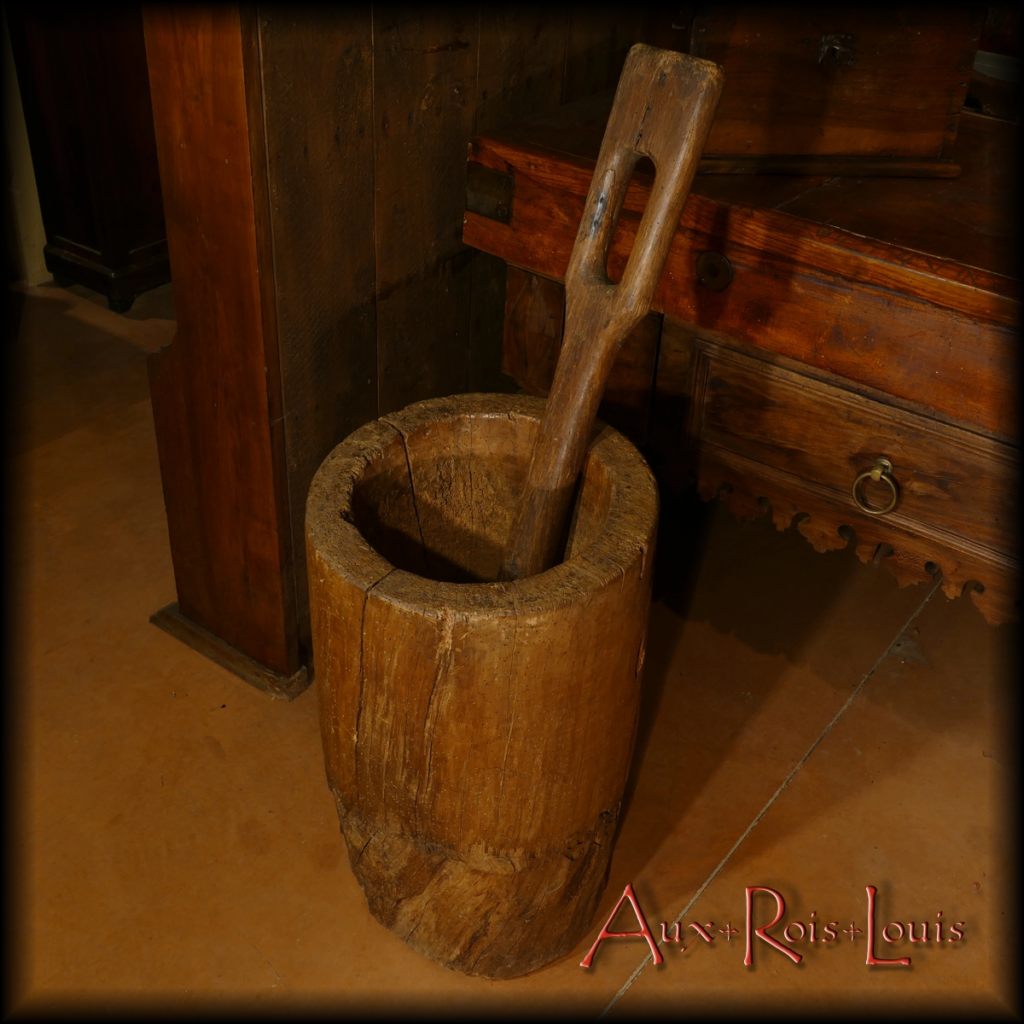
![Large Louis XV mirror – gilded wood – late 18ᵗʰ century – Midi-Pyrénées – [ME084]](https://www.aux-rois-louis.com/wp-content/uploads/2022/06/ME084_P1660282-1024x1024.webp)
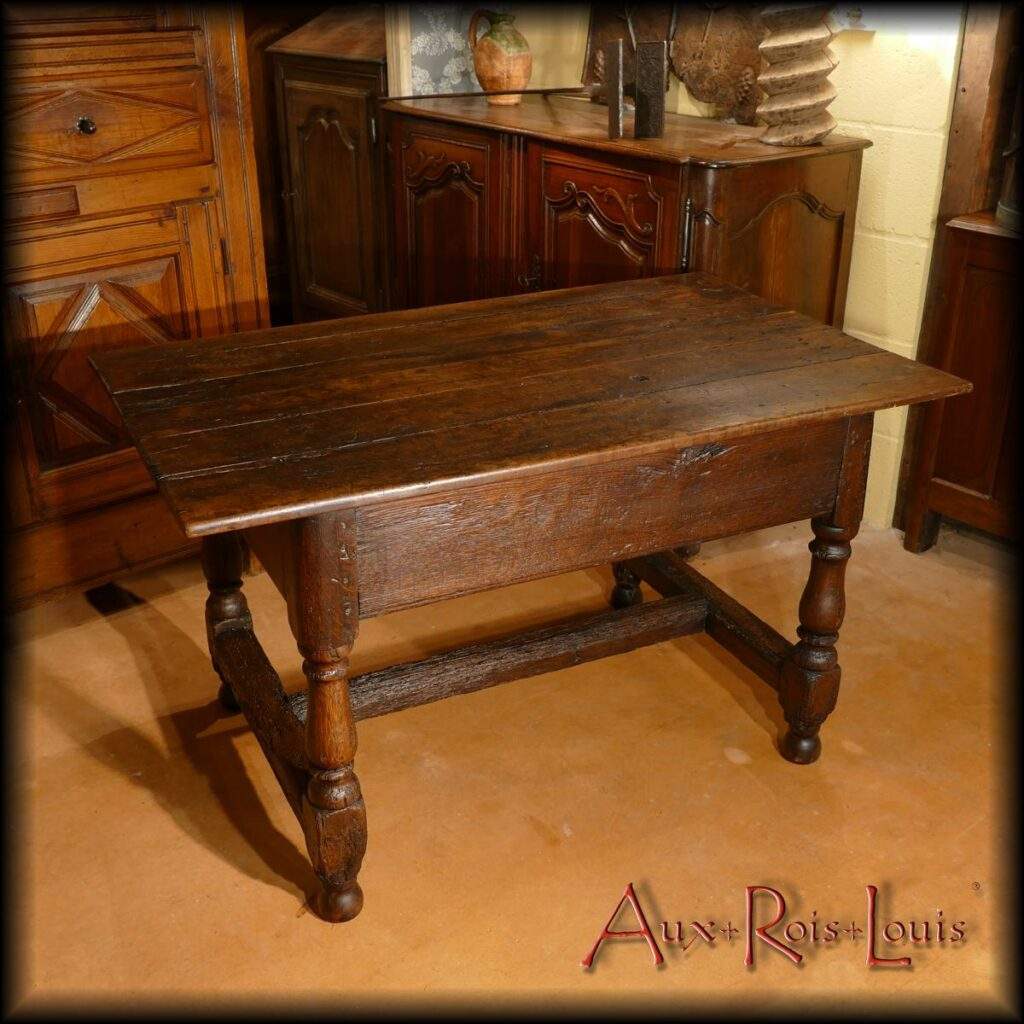
![Large cast iron vat for laundry – 16ᵗʰ century – Fonderies du Périgord – [ME076]](https://www.aux-rois-louis.com/wp-content/uploads/2022/05/ME076_P1660128-1024x1024.jpg)
![Sugar boiler for the Colonies – 16ᵗʰ century – Fonderies du Périgord – [ME075]](https://www.aux-rois-louis.com/wp-content/uploads/2022/05/ME075_135-1024x1024.jpg)
![Salt chest armchair – chestnut - cherry - poplar – 19th century – Quercy – [MP029]](https://www.aux-rois-louis.com/wp-content/uploads/2022/03/MP029_733-1024x1024.jpg)
![Apothecary mortar in marble - late 18th century - France - [ME068]](https://www.aux-rois-louis.com/wp-content/uploads/2021/12/ME068_P1650572x900.jpg)
![Walnut storage cabinet – 18ᵗʰ century – France – [ME066]](https://www.aux-rois-louis.com/wp-content/uploads/2021/11/ME066_P1650134x900.jpg)
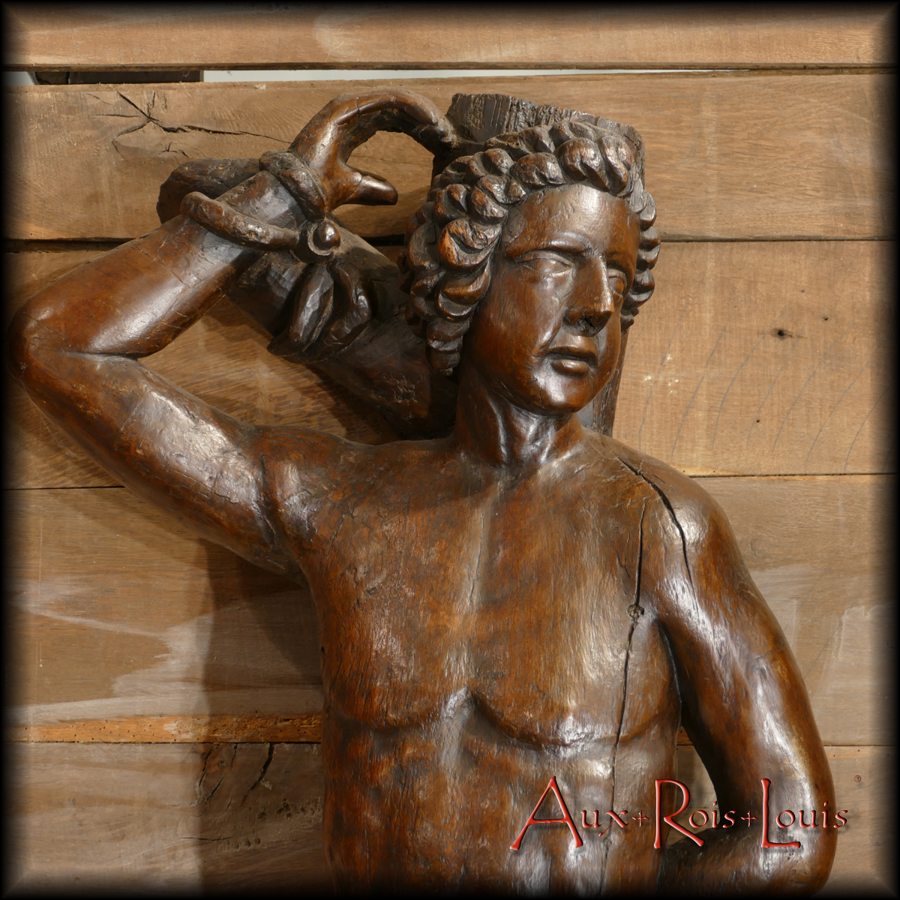
![Beech butcher's block - early 20th century - [MP022]](https://www.aux-rois-louis.com/wp-content/uploads/2021/08/MP022_P1600984.jpg)
